DJI has taken a significant step toward making First Person View (FPV) drone flying more accessible with the announcement of its latest Goggles N3, a more affordable alternative to the premium Goggles 3 released earlier this year. The new headset maintains essential features while strategically trimming premium elements to achieve a compelling $229 price point, making digital FPV technology more attainable for drone enthusiasts.
The introduction of the Goggles N3 represents DJI’s understanding of the market’s need for a more budget-conscious option in the growing FPV drone segment. While the company’s Goggles 3, launched alongside the Avata 2 drone in April 2024, set a high standard for FPV technology, the N3 variant focuses on delivering core functionality without the premium features that drive up costs.
In designing the Goggles N3, DJI has made calculated compromises while preserving the fundamental FPV experience. The most notable difference is the absence of adjustable diopters, a feature present in the more expensive Goggles 3. Instead, DJI has implemented a practical solution by designing the N3 with a more spacious interior that accommodates prescription eyewear, ensuring that pilots who require vision correction can still enjoy their flying experience comfortably.
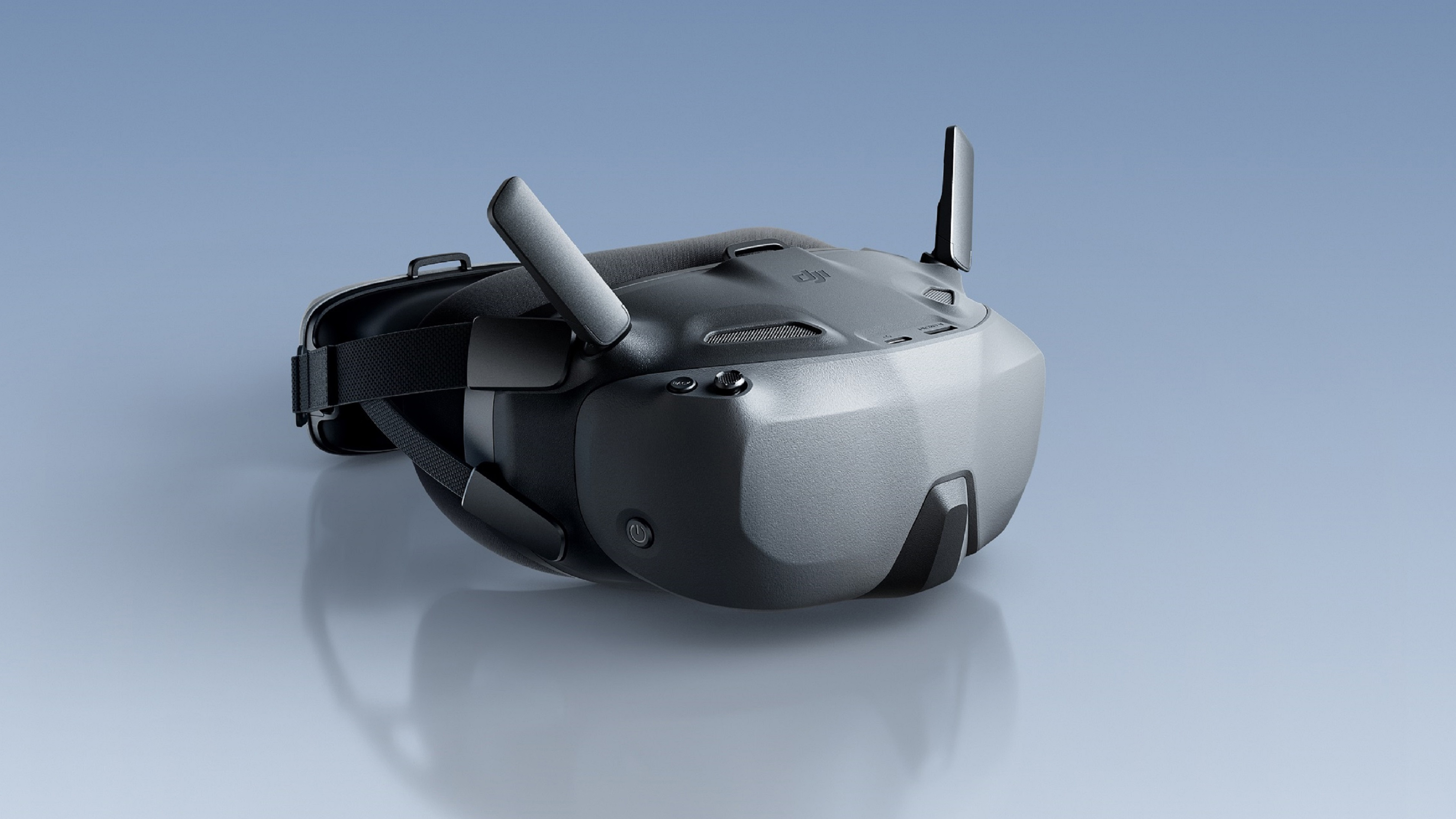
The display technology in the N3 demonstrates DJI’s balanced approach to cost reduction. While moving away from the OLED screens found in the Goggles 3, the N3 still delivers impressive visuals through 1080p ultra-wide screens offering a 54-degree field of view for each eye. This specification ensures that pilots can maintain a clear and immersive view of their drone’s perspective without significantly compromising on visual quality.
One of the most impressive aspects of the Goggles N3 is its retention of DJI’s advanced O4 digital video transmission system. This technology provides pilots with an remarkably low average latency of 31 milliseconds and an extensive transmission range reaching up to 13 kilometers under FCC mode conditions while maintaining 1080p/60fps live feeds. The system’s ability to automatically switch between 2.4 GHz and 5.8 GHz frequency bands based on environmental conditions ensures consistent performance during high-speed flights.
The physical design of the N3 showcases thoughtful engineering, with an integrated headband and battery configuration that optimizes weight distribution. By positioning the battery at the rear of the headset, it serves as a counterweight to the front-heavy display unit, potentially reducing neck strain during extended flying sessions. DJI claims the battery can provide up to 2.7 hours of operation, sufficient for multiple flight sessions with a three-battery drone setup.
Practical features haven’t been overlooked in the cost-reduction process. The N3 includes a valuable one-tap defogging feature that activates an internal fan to circulate air, effectively preventing condensation from obscuring the pilot’s view. This addition demonstrates DJI’s attention to real-world usage concerns, even in their more affordable offerings.
While some premium features have been removed, such as the external cameras that enabled a “real view” feature in the Goggles 3, the N3 maintains compatibility with advanced flying features. When paired with the DJI RC Motion 3 controller, pilots can utilize the augmented reality (AR) cursor for menu navigation and camera setting adjustments, either before takeoff or during hovering maneuvers.
The N3 also retains the ability to share real-time live feeds, albeit through a USB-C connection rather than wireless transmission. This feature allows observers to view the drone’s perspective through a smartphone running the DJI Fly app, making the flying experience more social and educational.
Compatibility with DJI’s latest FPV drones, including the Avata 2 and DJI Neo, positions the Goggles N3 as an attractive entry point for pilots looking to explore digital FPV flying. The goggles will be available as a standalone purchase or as part of the DJI Neo Motion Fly More Combo, which includes additional accessories and batteries, though this bundle won’t be available in the United States.
With pre-orders now open and shipping expected to commence in late November, the DJI Goggles N3 represents a significant step toward democratizing digital FPV drone flying. At $229 (or €269 including VAT in Europe), it strikes a compelling balance between performance and affordability, potentially opening the door for more enthusiasts to experience the thrill of FPV flight without the substantial investment previously required.
This strategic positioning of the Goggles N3 in DJI’s product lineup demonstrates the company’s commitment to expanding the accessibility of FPV drone technology while maintaining the essential features that make digital FPV flying an engaging and immersive experience.



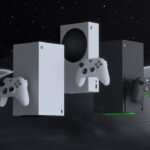
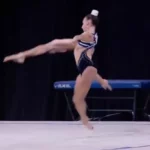


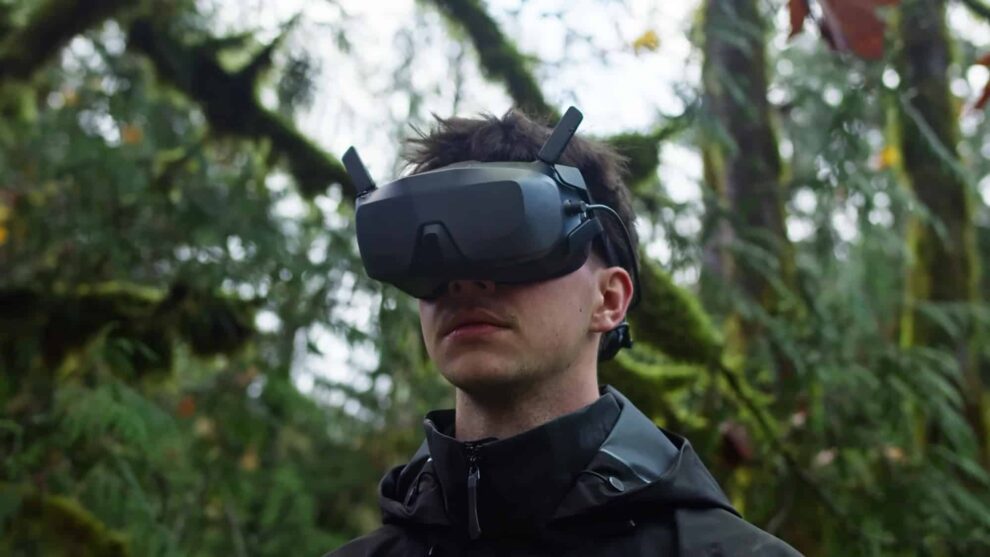
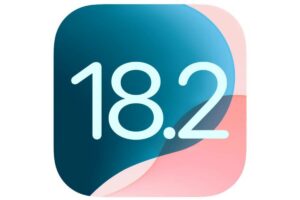
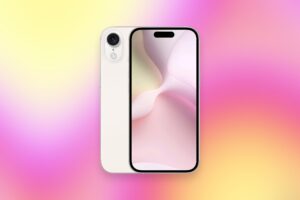






Add Comment